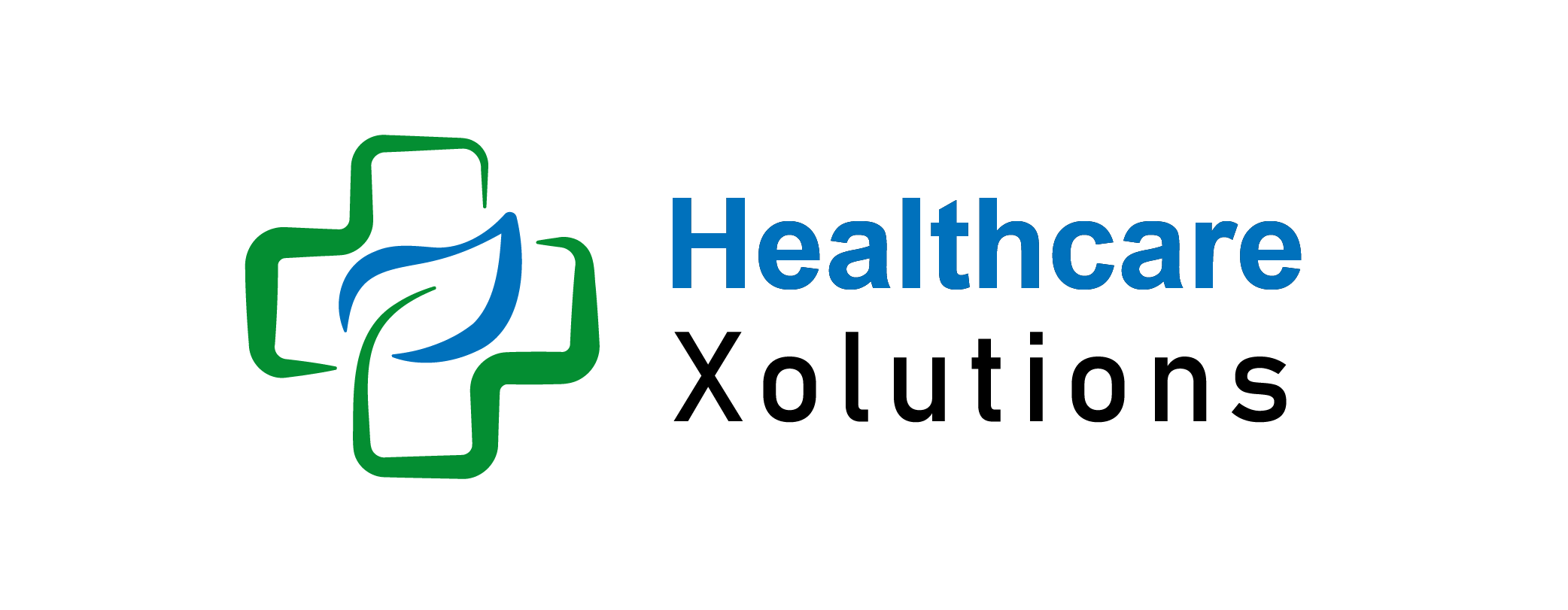Cost Breakdown In Health Insurance Bills: A Complete Guide

Deciphering your health insurance bill can be intimidating, but it’s a critical step in managing your healthcare expenses effectively. From premiums to out-of-pocket maximums, knowing what each term means helps you avoid overcharges and plan for future costs.
This guide breaks down the essential components of health insurance bills to help you better understand and control your medical expenses.
Key Takeaways:
- Premium: The fixed monthly payment to keep your insurance active.
- Deductible: The amount you pay before your insurance covers costs.
- Copays & Coinsurance: Out-of-pocket costs during care.
- Out-of-Pocket Maximum: The annual cap on your expenses.
- Itemized Charges & EOB: Tools to spot errors and ensure accurate billing.
Table of Contents
What is Health Insurance?
Health insurance covers medical, surgical, and sometimes preventive care costs. It reduces the financial burden of unexpected health needs by sharing expenses between the policyholder and insurer. Plans may be employer-sponsored, purchased individually, or provided through government programs.
Cost Breakdown In Health Insurance Bills: Ultimate Guide
1. Premium:
Your premium is the fixed monthly payment to maintain your health insurance, whether or not you use its services. Listed at the top of your bill, it might also include adjustments for income or plan specifics.
2. Deductible:
The deductible is the upfront cost you must pay before insurance coverage begins. For instance, with a $1,000 deductible, you’ll cover the first $1,000 of medical expenses. Preventive care may be exempt from deductibles.
3. Copayments (Copays):
A copay is a set fee paid during a healthcare service, such as $20 for a doctor’s visit or $10 for a prescription. Copays are often small and apply to specific services.
4. Coinsurance:
Coinsurance is a percentage of costs shared between you and the insurer after meeting the deductible. For example, if your coinsurance is 20%, you pay 20% of the bill, and your insurer covers the rest.
5. Out-of-Pocket Maximum:
The out-of-pocket maximum caps how much you’ll pay during a policy period. Once you hit this limit, your insurance covers 100% of approved services. It includes deductibles, copays, and coinsurance but excludes premiums.
6. Covered Services:
Covered services include those your insurance plan agrees to pay for, such as doctor visits, prescription drugs, and diagnostic tests. Check your plan’s list to confirm coverage for specific treatments.
7. Non-Covered Services:
Non-covered services are treatments excluded from your plan, such as elective procedures or alternative therapies. Understanding exclusions prevents surprise expenses.
8. Explanation of Benefits (EOB):
An EOB is a document detailing how your insurance processed a claim. It shows what was covered, how much you owe, and adjustments made. Compare the EOB to your bill to verify accuracy.
9. Itemized Charges:
This section lists all services received and their costs. For example, it may include a breakdown of lab tests, consultations, and X-rays. Check these carefully to spot errors or unnecessary charges.
10. Billing Adjustments:
Your insurer may apply discounts or adjustments due to agreements with providers or corrections to billing errors. Ensure these adjustments are clearly noted and accurate.
11. Errors and Discrepancies:
Billing mistakes are common. If you notice a charge for services not received or incorrect amounts, contact your insurer or provider to resolve the issue promptly.
Conclusion:
Understanding your health insurance bill empowers you to manage your healthcare expenses effectively. By learning terms like premiums, deductibles, and coinsurance, and reviewing EOBs and itemized charges, you can avoid errors and unexpected costs. Always reach out to your insurer for clarification to protect your health and finances.
FAQs:
How is a deductible different from coinsurance?
A deductible is the upfront amount you pay before coverage starts, while coinsurance is a percentage of costs you pay after meeting the deductible.
Are all health services covered by insurance?
No, certain services like elective procedures or alternative treatments may not be covered. Review your plan for details.
What should I do if I notice a billing error?
Contact your insurer or healthcare provider immediately to correct any mistakes or clarify discrepancies.
How can I keep track of my health insurance expenses?
Regularly review your bills and EOBs. This helps you catch errors and plan for future healthcare costs effectively.
